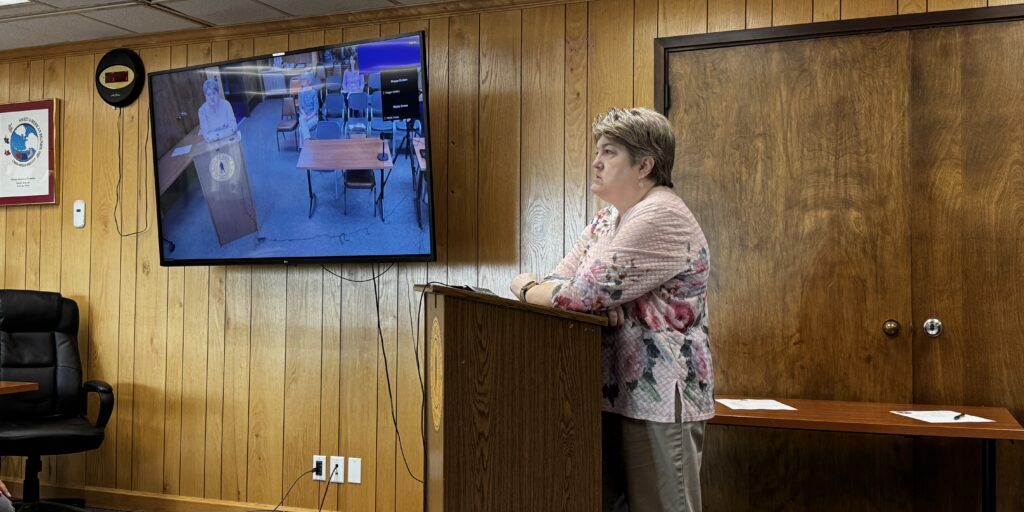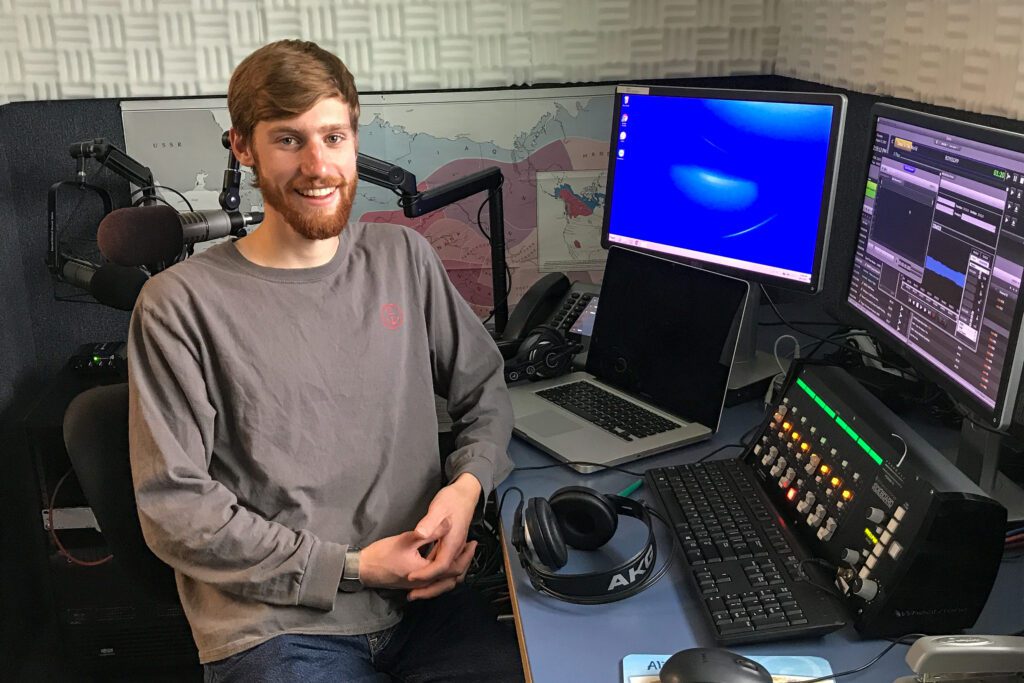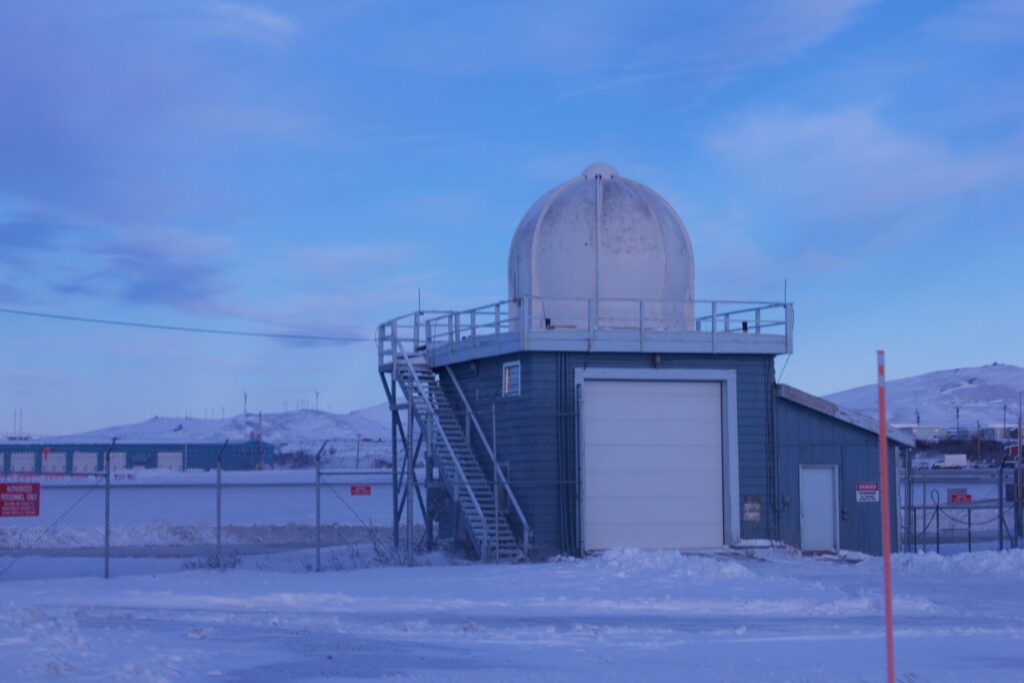
If you heard Brian Williams or Diane Sawyer say, “Tonight on ABC, Obama in Syria, unemployment on the rise, and a tiger visits the moon,” you would think, yes, that did happen, and you would want to hear more–because they read it with the voice. The confident and authoritative tone, the masterful control of emphasis and pacing, the familiar cadence and tempo–the voice of important, accurate, serious news.
I do not have the voice. I have a normal, nice voice. So when I learned I would help broadcast Update News at KNOM, I was a little curious. Would I learn to do the voice? Could the voice be taught?
I’m happy to say KNOM doesn’t force us volunteers to emulate the voice. Instead, the staff encourages us to find our own voices, and bring them to their fullest potentials.
My first day of training, Laureli and my predecessor, Matt, gave me a handful of old news stories, an empty studio, and a mic. And simple instructions: record your voice, listen to it, and play around. Find what works for you.
For two weeks, I read and reread those old stories. Each time I practiced, I tried something new. It was fun to explore the capabilities of my voice. I was amazed by what my voice could do. I tried speaking with my head voice and with my diaphragm, soft, loud, monotone. I could emphasize nouns or just emphasizing verbs. While I was playing around with my voice, I felt confident. It loosened me up and made me feel confident, knowing that my voice could do many things, if it didn’t sound right, I could always change it.
While I was playing with voice, Laureli and Matt passed on a helpful mental trick. When you read the news, thousands of people may be listening. But the broadcaster only speaks to one person at a time–the individual listener who is driving to work, cooking dinner, or doing the dishes. They told me the when you’re sitting in front of a mic, surrounding by wires, buttons, and computers in a sound proof room, imagine that you’re just speaking to someone you care about.
So, with my voice loosened up, I imagined sharing the news with all sorts of individuals. And with each new person, my voice changed. I imagined I was sharing news about a flood in Kivalina with my younger cousins, a friend I met while travelling who was learning English, my favorite teacher, a college friend, a public official. I imagined that person was sitting across from me and on the other side of a noisy bar. After a few days, I found what worked for me was sharing these news stories with my Grandpa. My grandpa is someone I love, and whose intelligence I respect, so when I speak with him, I try to share complete thoughts and speak a little louder and clearer than usual, since his ears are understandably grumpy after 80 some years.
That magical sentence is what works for me. If you volunteer at KNOM, you will learn a magical sentence that works for you. And you will have a year, or two, to continue to grow.
I’ve been reading Update News for two months now. Each day I say my magical sentence to myself before going on air, and I’m still learning, experimenting, and playing around. While I broadcast, I try to be mindful of how I sound. Sometimes I throw in tricks I heard other announcers use, or fiddle with my tempo, pitch, and emphasis with the hope of making my newscasts or weather forecasts more engaging and easy to follow. I don’t have the newscaster voice, but I do have my voice–and thanks to the supportive and creative environment at KNOM, I’ve found the freedom to help it grow.







